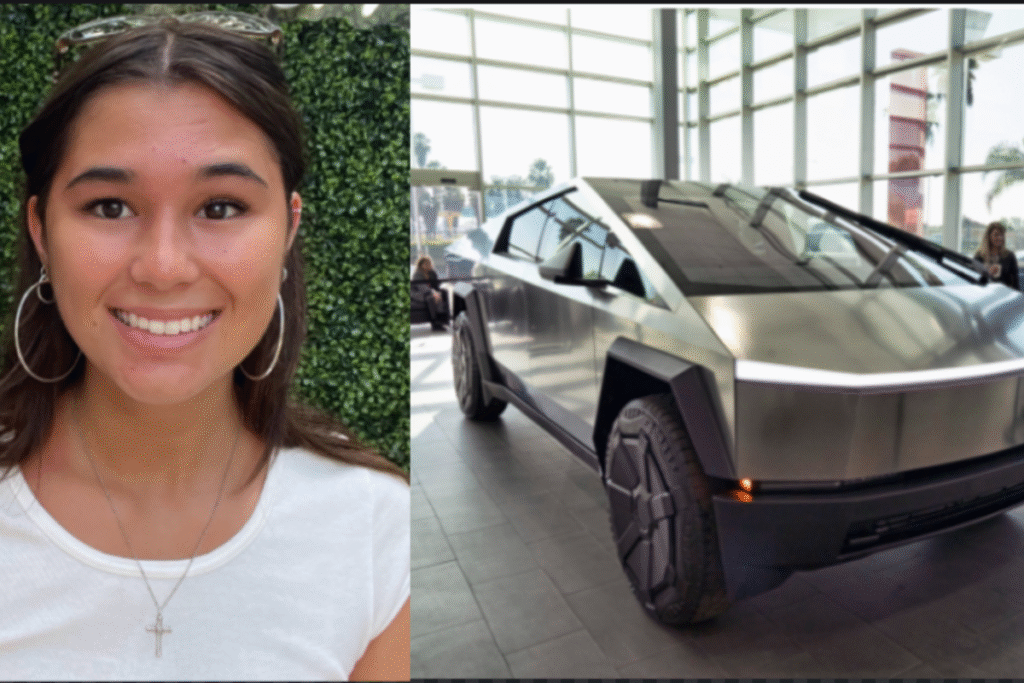Family Files Lawsuit Against Tesla After Cybertruck Crash
Concerns Over Cybertruck’s Door Design and Safety Features
Investigation into Tesla’s Electronic Door System Issues
The family of a college student who died in a Cybertruck crash has filed a lawsuit against Tesla, alleging that the vehicle’s door design contributed to her death. Krysta Tsukahara, 19, was one of three individuals killed when the driver crashed into a tree in Piedmont, California, in November 2024.
According to the lawsuit, Tsukahara was trapped in the backseat of the vehicle as it caught fire, unable to access the manual door releases outlined in the owner’s manual. The complaint claims that the Cybertruck lacked an effective and easily accessible manual door release mechanism, which could have allowed her to escape. The glaring absence of this feature has raised significant questions regarding the design choices made by the automaker.
Tsukahara’s parents, Carl and Noelle Tsukahara, are seeking damages from Tesla, which is owned by Elon Musk. They expressed their grief over their daughter’s death and criticized the safety of the vehicle, questioning how a major automaker could release a product with such significant safety flaws. In their statement, they emphasized the tragedy of losing a child and the importance of holding companies accountable for their safety standards. “We want to ensure that no other family has to go through this nightmare,” Carl Tsukahara remarked after the filing of the lawsuit.
The incident that led to the tragic accident also highlighted the heroic efforts of another passenger in the vehicle, Matt Riordan. As the fire broke out, Riordan attempted to help by pressing the door buttons and later breaking a window to rescue the front seat occupant. His efforts were commendable, yet he was ultimately unable to reach Tsukahara in the backseat before the fire engulfed the vehicle. “I felt helpless,” Riordan said in a subsequent interview. “No one should have to endure such a painful situation.”
Soren Dixon, the 19-year-old driver of the Cybertruck during the crash, and Jack Nelson, another rear-seat passenger, also tragically lost their lives in the crash. In a similar vein to the Tsukaharas, Nelson’s family has also filed a lawsuit against Tesla, citing comparable concerns regarding the vehicle’s design and safety features. This underscores a potential pattern of negligence concerning the design and safety mechanisms of Tesla vehicles.



